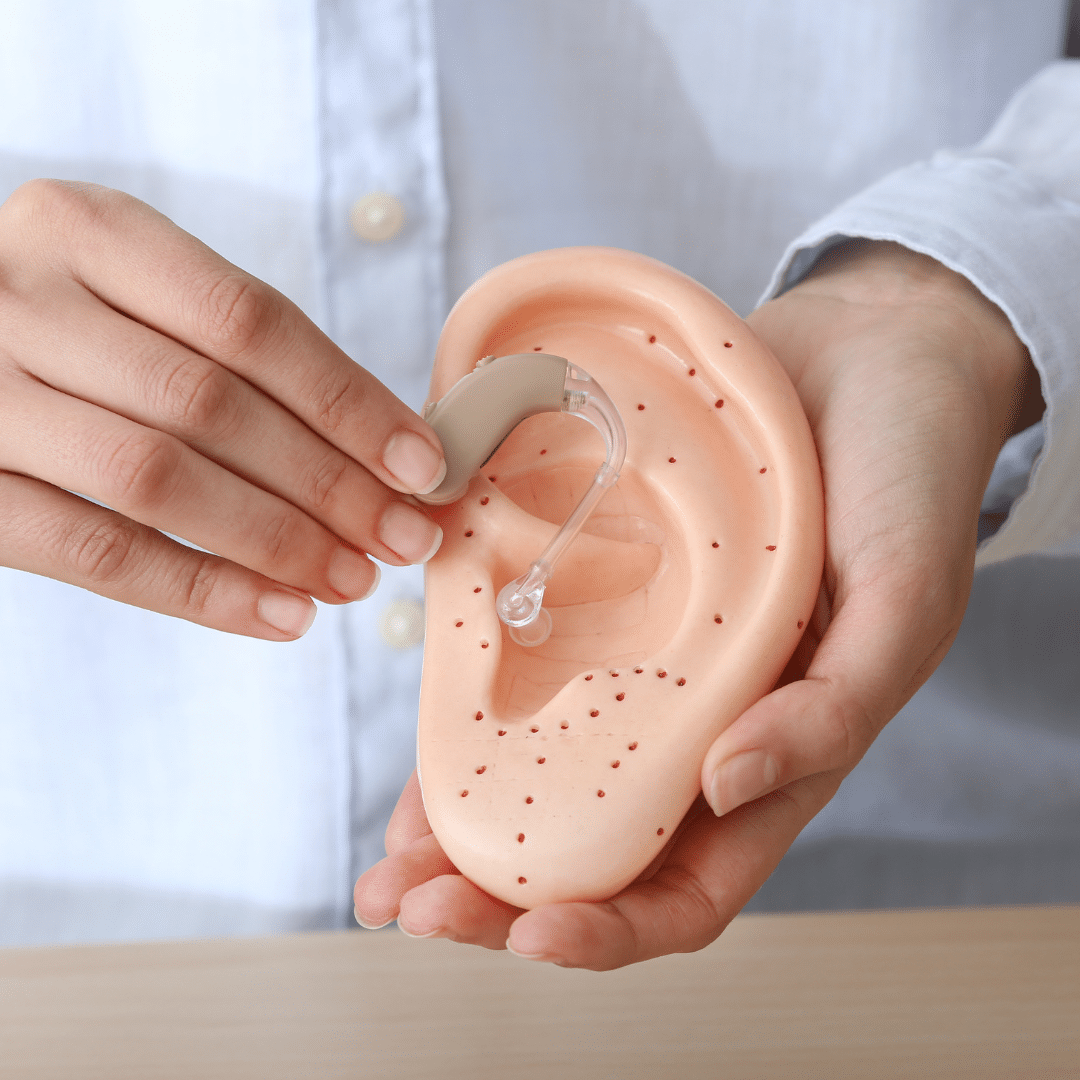Yes, you can use tech to lower stress with Parkinson’s.
There are tools you can use to save time, unwind and stay connected to your favorite people.
It’s common for people with Parkinson’s disease to experience worsening symptoms during times of stress. The loss of a job, the end of a relationship, or even having houseguests for the holidays, are examples of stressful events that can worsen symptoms.
Although the impact of psychological stress on PD is not completely understood, lab studies have suggested that stress damages dopamine cells (which are already compromised by the disease) resulting in more severe symptoms.
Managing stress with Parkinson’s is not an easy task, but it can be done! With virtual wellness programs, meditation apps, smart devices and opportunities to connect with the people you care about through social media, technology can be a valuable stress reduction tool.
Smart technology
In this day and age, “Siri” and “Alexa” have become household names. There is no shortage of things that we can do hands-free using smart technology. And for people with Parkinson’s, anything that saves time, makes household chores easier, or puts our minds at ease while we’re away from home, are effective ways to reduce stress in our daily lives.
With the advent of smart technology, we can adjust the temperature and lighting in our homes through voice command. We can scour the internet for our favorite recipe while elbow-deep in cookie dough. We can install security cameras in our home and use an app to make sure the dog didn’t get into the cookie jar while we were out running errands.
Wearable tech
You may have heard of products like Apple Watch or FitBit that track our physical fitness, but did you know there are wearable fitness gadgets on the market to help us relax?
Garmin’s Vivosport can provide a guided breathing exercise to help center yourself when its heart rate variability (HRV) sensor shows your heart rate and stress levels are on the rise. Apple Watch Series 4 helps you focus in on your breathing by replicating a calming breathing rhythm with small vibrating buzzes.
Wearables aren’t confined to the wrist either, as evident by Vitali’s “smart bra.” This wearable device can track your HRV, encourage you to correct your stooped posture, and help you identify the people, places or things you encounter each day that seem to trigger stress.
Meditation apps
Research studies conducted over the years have identified a clear link between mindful meditation practices and lower stress levels, reduced inflammation in the body, improved sleep at night and sharper mental clarity during the day.
Headspace, one of the most popular meditation apps on the market, was launched by former Buddhist monk Andy Puddicombe, who was trained in meditation practices around the world. Puddicombe’s gentle British accent guides Headspace users through themed meditation sessions to accomplish a variety of tasks from controlling anger to conquering the fear of flying.
Products from companies like Muse offer meditation apps along with a wearable device that uses your brain activity to help identify distractions, train your body to relax, and show you how to apply simple stress reduction techniques to your everyday life.
Online fitness
Like we always say, exercise is the best medicine for Parkinson’s. Studies have shown that consistent, vigorous, physical activity can help reduce motor and non-motor symptoms of PD and slow down symptom progression. From Jane Fonda VHS tapes to the world’s first treadmill, people have been using tech for decades to help make fitness fun.
The Brian Grant Foundation is all about using online tools to help make fitness fun for people with Parkinson’s. Work out with us in the comfort of your own home through our series of fitness videos that show you different exercises that can help fight symptoms of Parkinson’s. You can join us for aerobics, boxing, bootcamp, pilates, tai chi, yoga and more!
Social media
Social media sites like Facebook, Twitter and Instagram are a double-edged sword. One on hand, they can help us stay connected with friends and loved ones across the country, leading to better mental and emotional health. (And who doesn’t love bonding with others over a silly meme or an adorable animal video?)
On the other hand, social media can be addictive and misleading. It’s a breeding ground for bullying, peer pressure, feelings of insecurity and unrealistic expectations. Funny how a technology that’s supposed to make you feel connected to others can also make you feel isolated, lonely or depressed depending on your mood.
It’s important to be mindful about how often you use social media and why. If you find yourself feeling the negative effects, unplug for a bit and try one of the old-fashioned ways of connecting with others: make a phone call, mail a card, or better yet, say hello in person. Tech can do a lot of cool things for us, but it will never replace genuine human connection.



